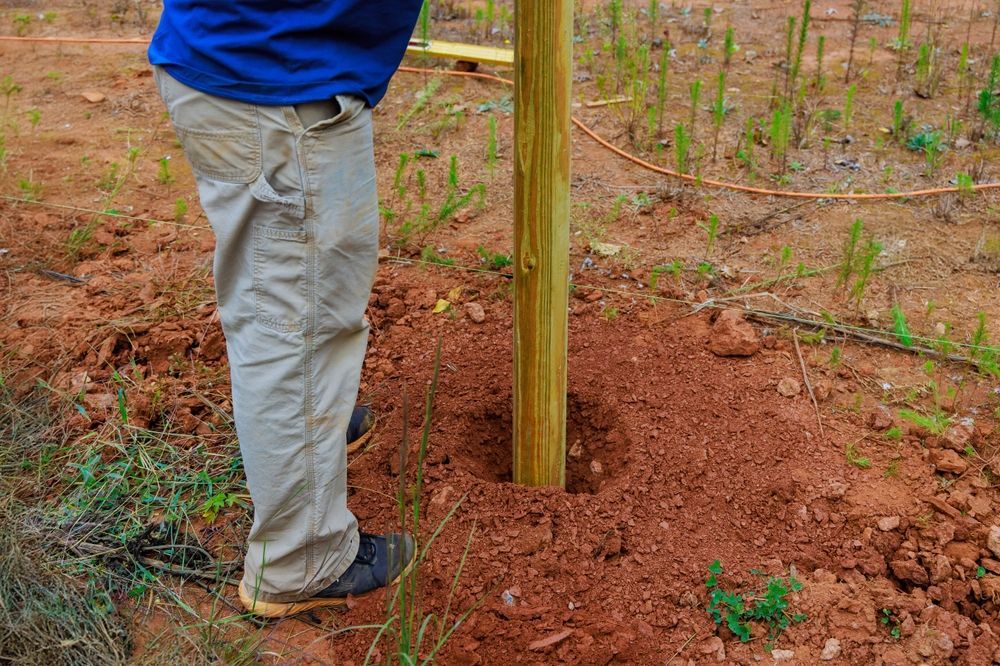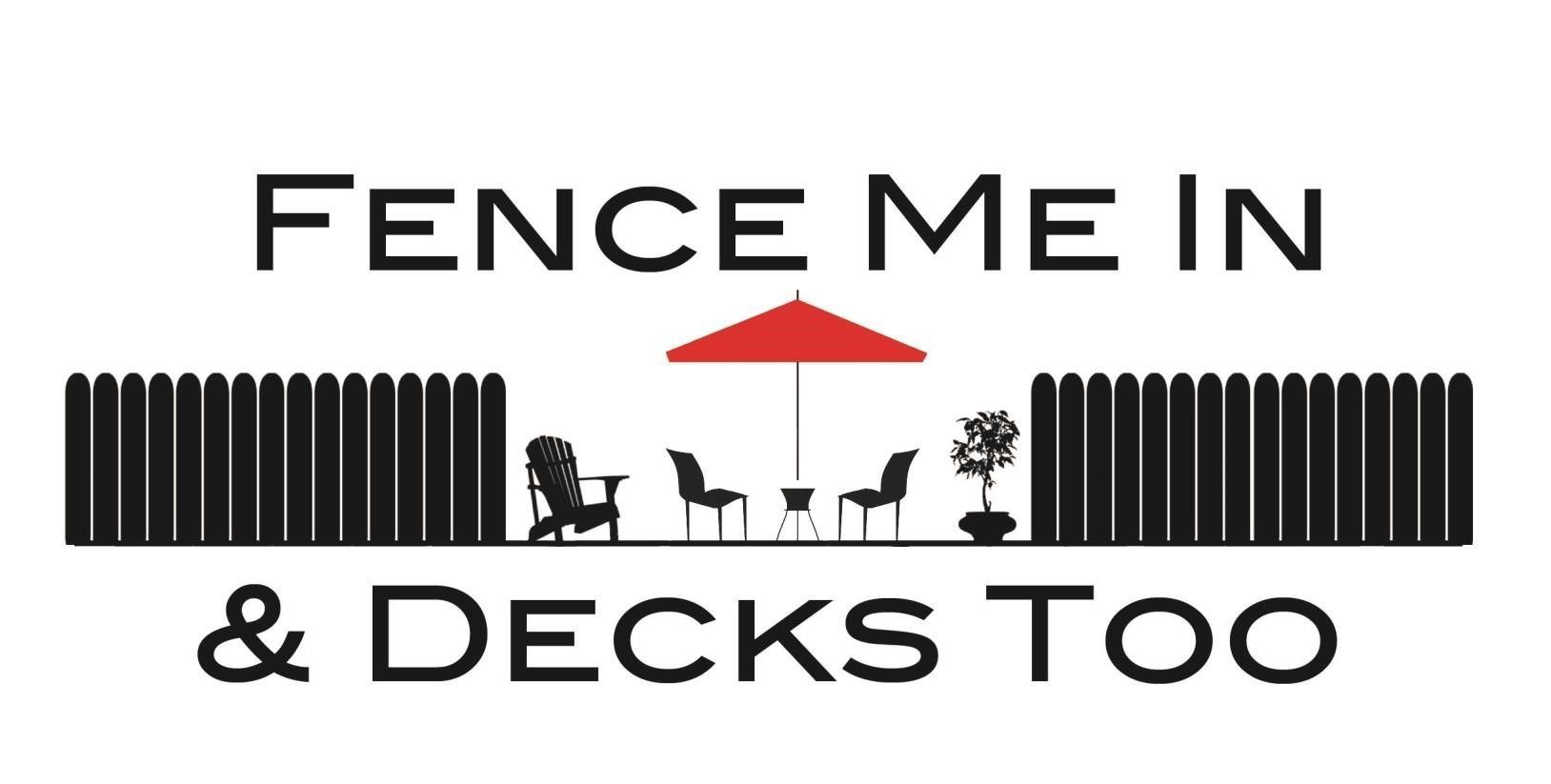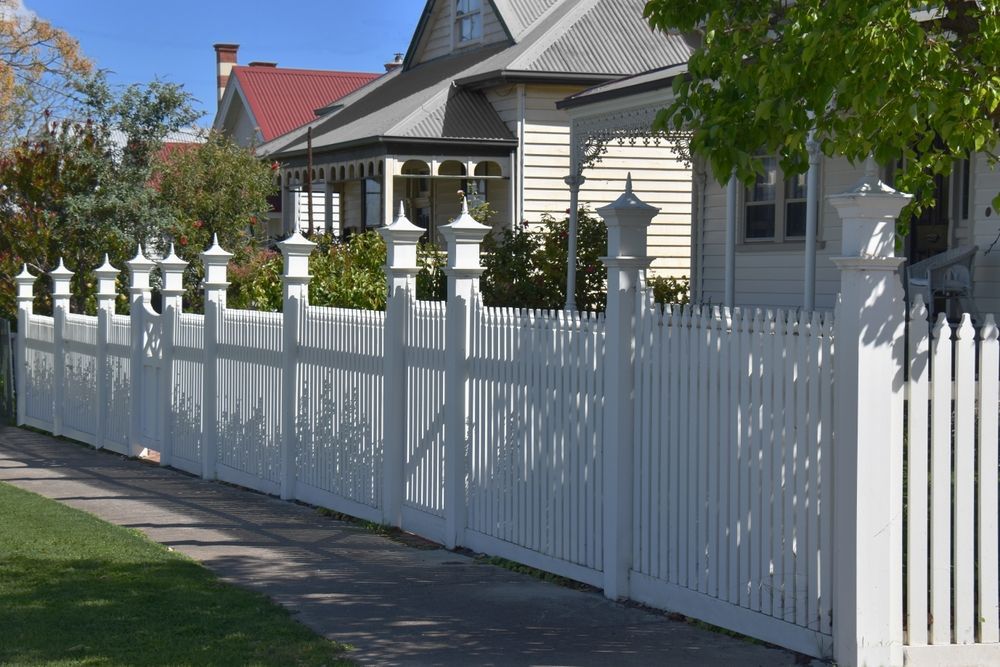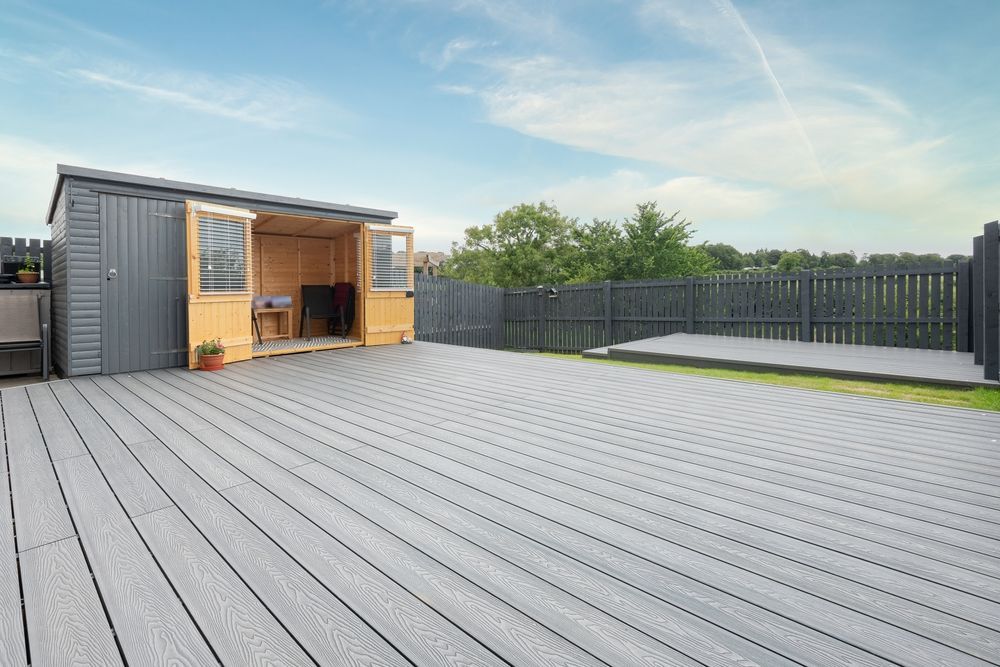Digging Deep: The Right Depth for Your Fence Posts
When building a
fence that stands the test of time, proper fence post placement and depth are crucial. Neglecting this aspect can lead to premature fence failure, sagging, or total collapse. Understanding the correct depth for your fence posts is essential for creating a sturdy, long-lasting structure. This guide will walk you through the importance of proper post depth and what you need to know before digging.

Why Fence Post-Depth Matters
The depth at which your fence posts are installed directly impacts the stability and durability of your fence. If your posts aren't set deep enough, they won't have the necessary support to withstand environmental factors such as wind, soil movement, and weather changes. The deeper the posts, the more resilient your fence will be.
For those in areas prone to high winds or shifting ground, such as certain regions in Virginia, the importance of digging to the correct depth cannot be overstated. Shallow posts can weaken over time, leading to a leaning or collapsed fence, which can cost more in repairs or replacements.
How Deep Should Fence Posts Be?
The general rule for determining the depth of your fence posts is the "third rule,"—meaning that one-third of the post should be buried underground. For example, if you're building a six-foot-tall fence, the post should extend at least two feet into the ground. However, this recommendation can affect several factors, including soil type, fence material, and local climate conditions.
Considerations for Different Fence Heights
- Low Fences (Up to 4 feet): For smaller fences, such as those used for gardens or decorative purposes, a post depth of about 1.5 to 2 feet is typically sufficient.
- Medium Fences (4 to 6 feet): A depth of at least 2 feet is recommended for standard residential fencing, with deeper holes for areas with loose soil or high wind.
- Tall Fences (6 feet and above): Taller fences require extra support, so 3 feet or more post depths are advisable to keep the structure stable.
Soil Type and Post Depth
Soil conditions are significant in determining how deep your fence posts should go. If you're dealing with sandy or loose soil, digging deeper is often necessary to ensure your posts are secure. Posts may not need to go as deep for rocky or clay-heavy soil, but you'll want to ensure they're tightly packed to prevent shifting.
For locations with loose soil or extreme weather conditions, you might need to consider additional reinforcements, such as concrete, to secure the post more firmly.
Fence Post Material and Depth
The material of the post can also influence how deep it should be set. Wood posts, while sturdy, are susceptible to rot and insect damage if not installed correctly. By burying the post deep enough and treating the portion of the wood that will be underground, you can help prevent these issues. Metal or vinyl posts, on the other hand, are less vulnerable to such problems, but they still need the proper depth to ensure stability.
Using Concrete for Fence Posts
Concrete can add an extra layer of stability, especially for taller or heavier fences. When setting posts in concrete, it's essential to ensure that the post is centered in the hole and that the concrete is packed tightly around it. Letting the concrete cure for at least 24 to 48 hours before attaching any fence panels ensures your posts stay in place.
One thing to note is that proper drainage is essential when using wood posts with concrete. If water collects at the base of the post, it can lead to rotting, even in treated wood. Make sure to slope the top of the concrete away from the post to encourage water runoff.
Powdered Concrete Mix: An Easier Option
If mixing concrete sounds like too much work, powdered concrete mix offers a more straightforward solution. Place the dry mix into the hole with the post and add water. The mix will harden in place without needing to be pre-mixed in a separate container.
Proper Spacing Between Fence Posts
Other critical considerations are the spacing between your fence posts and the depth. Too far apart, the fence may sag or become unstable; too close together, you might be overbuilding unnecessarily. A standard spacing of 6 to 8 feet between posts is ideal for most fence styles, but again, the material and purpose of the fence might require adjustments.
For example, a privacy fence that uses heavy materials like wood or vinyl might need closer post spacing to support the added weight. In contrast, a lighter chain-link fence can often handle greater distances between posts.
Preparing for Frost Depth
Factoring in the frost depth is essential if you're building a fence in a colder region. Posts not buried below the frost line risk being pushed up when the ground freezes and thaws. In areas with frequent frost, burying the post at least 6 inches below the frost line will help prevent this heaving effect.
Fence Post Caps: Adding Longevity and Style
Once your posts are correctly placed and secured, consider adding post caps. These offer a decorative touch to your fence and protect the posts from moisture, preventing water from seeping into the wood and causing rot over time.
Professional Installation Matters
While installing a fence may seem like a DIY project, ensuring your fence posts are set correctly can be challenging. This is where a professional team like Fence Me In and Decks Too can make all the difference. With expert knowledge of local soil conditions, climate factors, and the correct materials, we ensure your fence will stand firm for years.
Secure Your Fence with Proper Post Placement
The depth of your fence posts might seem like a small detail, but it's the foundation of a fence that's built to last. Considering height, soil type, and post material, ensure your fence remains stable and secure through all weather conditions. And if you're looking for top-quality fence installation, Fence Me In and Decks Too is here to help you every step of the way.




